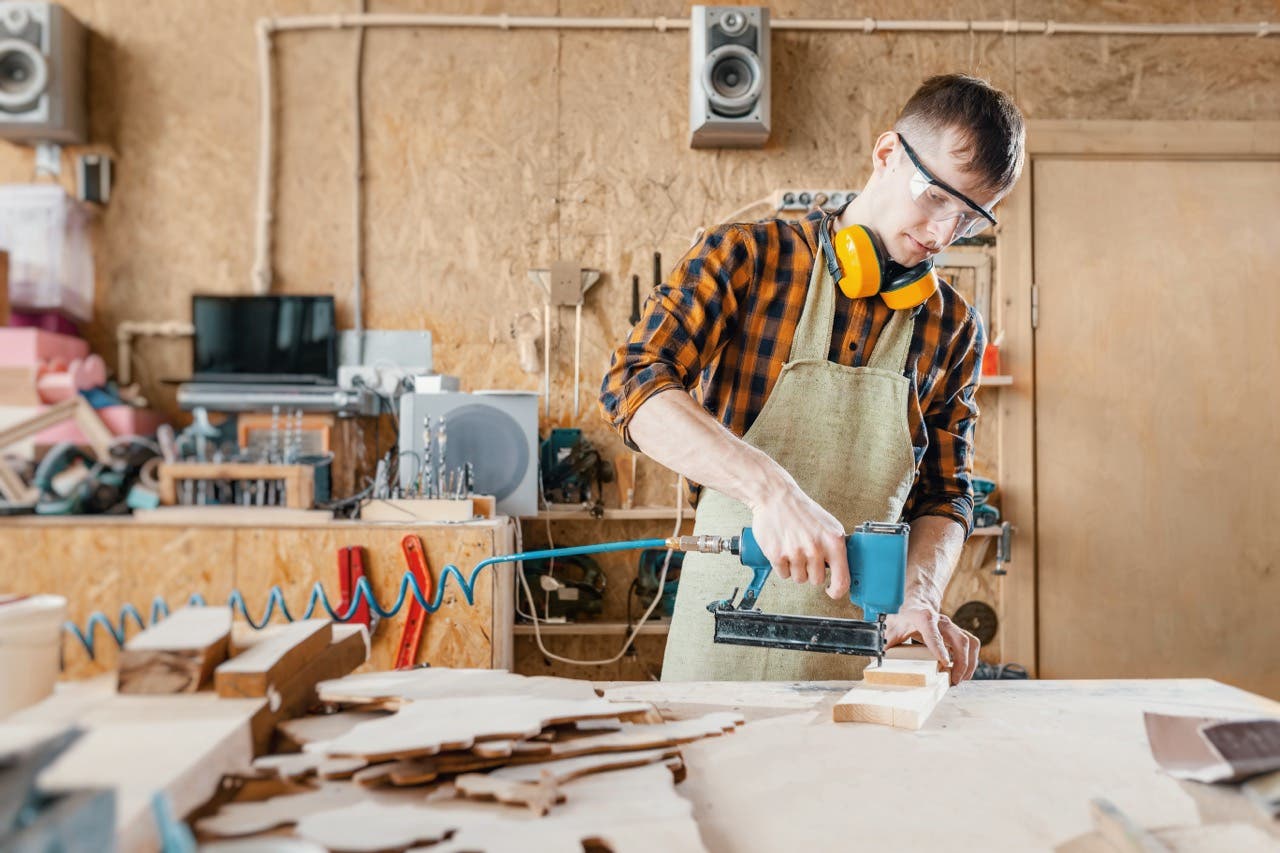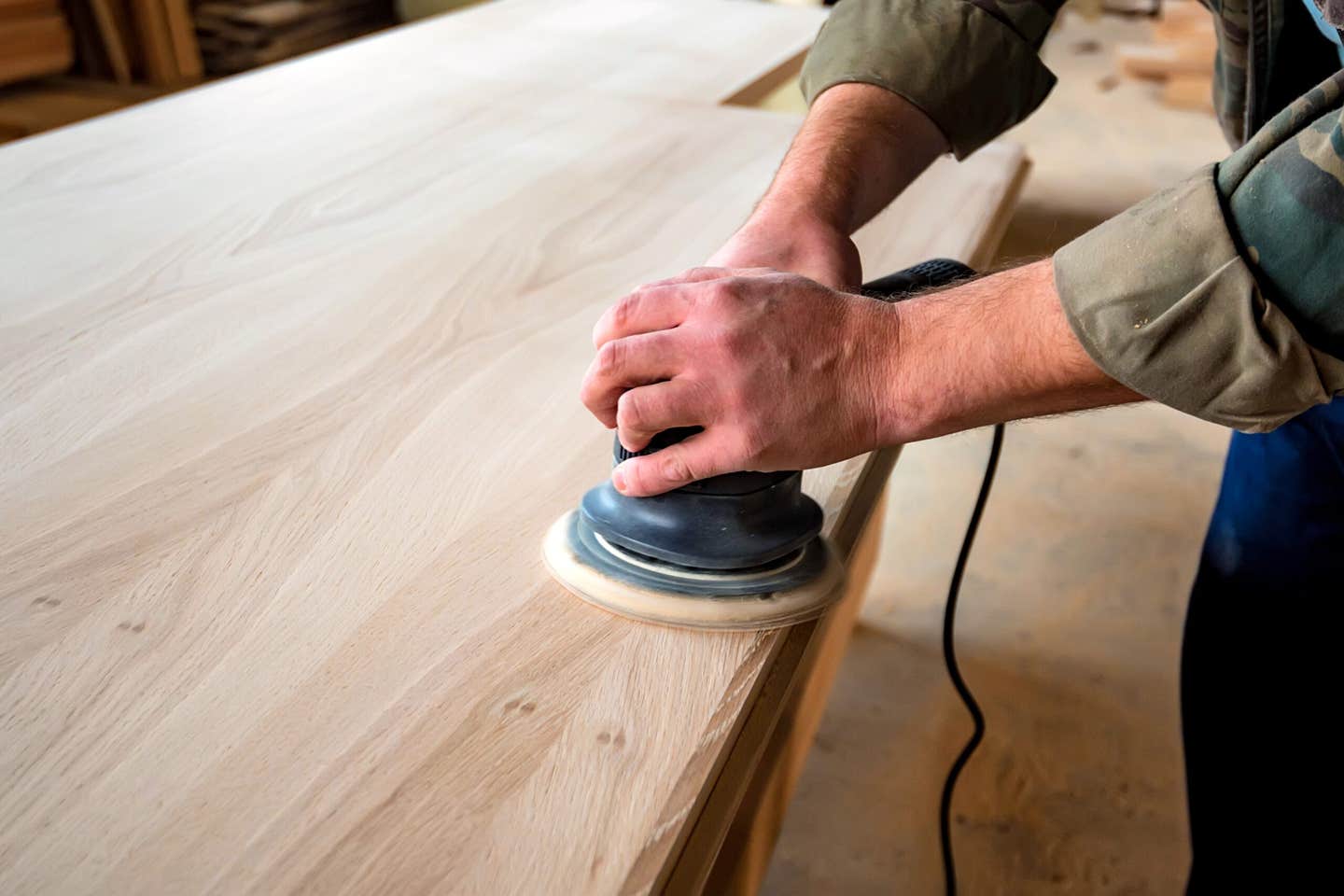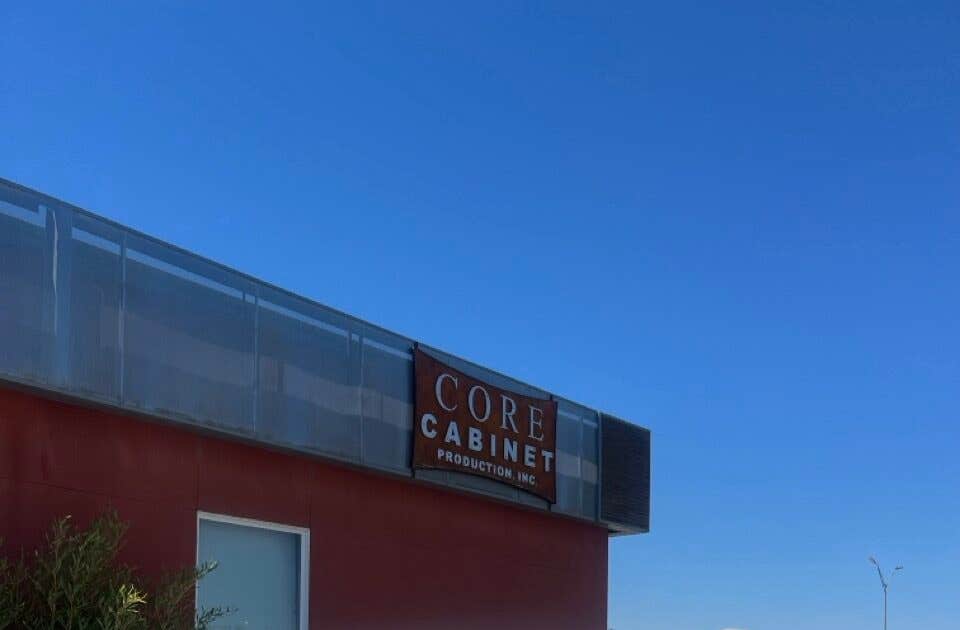No turning back now
During the last few decades, wood finishers have dealt with changes related to everything from waterborne products to formaldehyde and volatile organic compounds. These and other environmental concerns have changed…
During the last few decades, wood finishers have dealt with changes related to everything from waterborne products to formaldehyde and volatile organic compounds. These and other environmental concerns have changed the way that coatings are both made and applied.
Now, some personnel changes at the EPA and a number of other federal agencies have shop owners wondering whether some of those regulations will be rolled back and, if so, what effect that will have on how things are done in the woodshop.
The best advice is probably to wait and see and be very slow to make changes. Yes, there might well be an interim easing of finishing regulations in the near future, but for several decades the tendency in the coatings industry has been to lessen any negative environmental impacts. There are elections every couple of years and various political winds will blow stronger every now and then. But one must watch decades-long trends for guidance when making investment decisions. And switching to new processes or products takes a considerable investment in time, tweaking and training. Given those trends, the odds are that any new regulations will revert quickly under another administration, or even if the makeup of the Senate changes in the off-year elections in 2018.
As one would expect, much of what’s new in the coatings industry is related to environmental issues and many of the new products have been in the works since long before the election.
Formaldehyde free
AkzoNobel (online at akzonobel.com and chemcraft.com) has been working on UV-LED curing for some time, which it describes as “a sustainable wood finishing technique that uses up to 30 percent less electricity than competing curing methods.” The company has recently developed AirGuard formaldehyde-free catalyzed lacquer and conversion varnish and the low-formaldehyde, isocyanate-free Verde Unico. This is a clear topcoat with urethane properties that combines the advantages of traditional urethanes and precatalyzed lacquer to deliver good moisture and wear resistance, according to the company.
Chemcraft also offers a full line of waterborne products under the Aqualux brand, all of which are low VOC and formaldehyde free.
In late 2016, AkzoNobel’s Zweihorn division (zweihorn.com) introduced a new primer in Germany that “ensures a perfect opaque coat on wood and wood materials, such as particleboard with primer foil, solid wood or MDF.” Called Wigranit in Europe, it could eventually be of interest to U.S. woodshops building painted casework.
PPG Industries (ppg.com) now marks products with its “Ecological Solutions from PPG” logo to identify those that meet environmental standards requiring either zero or low VOCs and can help earn LEED credits.
Zenith Waterborne Lacquer is a third-generation coating from Valspar (valsparwood.com). It is designed to yield a finish that is superior in durability to conventional nitrocellulose finishes. This is a low VOC, HAPS-free formulation that contains no isocyanate or formaldehyde, is packaged ready-to-spray and requires no reduction before use, according to the company.
By the way, woodshops in the southeastern U.S. might like to know that Valspar just signed a new distribution agreement with HGH Hardware Supply to offer its coatings throughout the region.
Aqua Coat (aquacoat.com) is a smaller manufacturer of waterborne coatings based in Elgin, Ill., and the product lines include interior stains, dyes, topcoats, sanding sealers, grain and pore filler, natural wood putty and additives to extend or decrease dry time and harden finishes. The company also makes water-based paint and primer, plus Aqua Coat Equipment Cleaner, which is specially designed to work with all its products.
Well-known in the Northeast, Bush Oil (bushproducts.com) is a high-solids rubbed-oil finish that dries to a rich luster and can be topcoated with nitrocellulose lacquers, urethanes, and rubbing varnishes if desired. This spring, the company is taking its products on the road and will be attending various shows in Maryland, Massachusetts, Ohio and New Jersey.
M.L. Campbell (mlcampbell.com) has been a North American manufacturer of wood coatings for more than 90 years. Last April saw the release of its new Polarion 2K acrylic interior polyurethane system that consists of sealers and primers, plus clear and pigmented topcoats with a full range of sheens, utilizing just one catalyst and mix ratio. It is GreenGuard-certified (greenguard.org), which is an indoor air quality performance-based standard that is used to define products with low chemical and particle emissions.
The company has also introduced Agualente Plus, a waterborne precatalyzed, one-component, VOC-compliant coating system that is based on advanced resin technology. It provides a hard, durable, stain-resistant finish for interior wood surfaces, trouble-free application and a beautiful appearance that mirrors a solvent-based precatalyzed system, according to the company. Agualente Plus consists of a sealer, primer, and clear and pigmented topcoats with a full range of sheens. It, too, is GreenGuard-certified.
Interesting applications
Bona AB (bona.com/en) is a family-owned Swedish company that was founded in 1919. Bona’s retail branch supplies floor cleaners, but its industrial division caters to hardwood floor installers — specifically, it provides products for the installation, maintenance and renovation of wood floors. Among them is the Bona Sealer and Finish System. The sealers add color and they also make the finish topcoats adhere better to the floor. There are about 15 products in the line, one of which is Bona Traffic HD available in satin, semi-gloss and extra matte. Other products in the line deliver clear and amber tints and there is also Bona Pacific Filler — a waterborne compound specifically designed for filling cracks, holes, chips, gouges and broken edges in hardwood floors prior to finishing.
Iowa-based Old Masters (myoldmasters.com) has been making stains and finishes since 1926 and one of its latest offerings is a semi-gloss version of its exterior water-based Spar varnish that the company also recommends for interior wood surfaces such as windowsills, where extra ultraviolet protection is desired. It can be brushed or sprayed and cleanup is with soap and water.
Minwax (minwax.com) has a clever new product that might appeal to installers who need to touch up minor damage or perhaps create a matching small part on a remote job site. Called the Wood Finishing Cloth, it’s a small plastic pouch that contains a rag with the finish already soaked in. The woodworker can wipe on various colors of stain and finish in one step (two for a darker tone) and it dries in an hour. A pair of plastic gloves is included and cleanup is with soap and water. Coverage is about 50 square feet and the product is available in natural oak, maple, chestnut, dark mahogany and walnut.
Water-based stain
George Adams bought a tiny finish plant from a Milwaukee lumber company back in 1984 and in the next 30-something years grew it from two employees into the brand of choice at many of the country’s largest woodworking retailers such as Rockler and Woodcraft. New from General Finishes (generalfinishes.com) is a “Ready to Match Water-base Stain System” for professionals that is designed to make color matching a breeze. The system consists of 10 standard stain bases and a clear that are intermixed to make an endless amount of rich, deep colors. A woodshop receives 150 custom colors on maple and oak. They come in an attractive wooden box for a professional look when discussing color with clients. They’re made with cabinet-grade plywood that is maple on one face and red oak on the other. Each chip is labeled with the formula right on the chip for quick, easy reference and the system can also be used to create custom colors. The RTM System can be used under any water- or solvent-based sealers or topcoats, according to the company.
New from H. Behlen & Bro. (hbehlen.com) is a family of Solar-Lux waterborne glazes that can be used for highlighting, antiquing, shading and adding accent colors to profiles. They can be brushed or wiped on and are designed to be applied over waterborne sealers and topcoats such as the company’s Waterborne Urethane Finish. These glazes must be topcoated and they’re available in two colors: B604-14785 Van Dyke Brown and B604-14355 Burnt Umber.
Waterlox has introduced its TrueTone tung oil in new, color-infused versions. “TrueTone is low odor, easy to clean, maintain and spot repair. It produces a matte to low gloss sheen and 90 percent of the resin portion of the formula is from renewable, natural resources. It also forms a protective yet elastic finish against common household spills, moisture and foot traffic,” according to a company statement.
Deft (buyat.ppg.com) is a branch of PPG Paints and the company’s interior water-based wood stain is an oil-modified formula that penetrates deeply into wood pores for a rich, even color. It cleans up with soap and water and dries fast to enable stain and finishing in one day. The low-odor formula is ideal for use in enclosed spaces and it’s excellent for use on furniture, doors, cabinets, trim and molding, according to the company.
Decore-ative Specialties offers a diverse collection of water-based finishes from classic stains to artistically inspired glazes. There is an excellent interactive introduction to these products on the company’s website (decore.com), where a woodshop can preview various colors and combinations such as stain with a glaze, semi-transparent and clear coatings. If the name sounds familiar, it’s because Decor-ative Specialties is also a major outsourcing supplier of RTA cabinet components, doors, drawers, moldings and hardware.
Nearing the finish line
Rust-Oleum introduced its new Varathane Ultra Thick Floor Finish last May. The coating is thicker and stronger than traditional polyurethane with faster project completion, according to the company. The water-based formula can be used over bare or stained wood surfaces.
Zar (zar.com) carries a full line of clear coatings, from its classic high-solid, VOC-compliant finish to Ultra Max waterborne oil modified polyurethane.
Tried & True (triedandtruewoodfinish.com) says it makes 100 percent solvent-free and zero-VOC finish from all natural ingredients. Its Original Wood Finish is for custom furniture rather than production line casework. The company also makes a line of stain and finish products, which are essentially tinted versions of the original with natural pigments instead of beeswax. Both lines of product are considered food safe.
Woodworker’s Supply has a proprietary line of finishing products that is sold under the brand name J.E. Moser. Among them is Woodshield industrial waterborne finish, which seals and protects work faster than oils, without the odor of lacquers and with much greater protection than shellac. It can be brushed or sprayed, works well in high traffic areas, is safer to use around kids and pets, and dries non-toxic and environmentally safe, according to the company. Woodshield can be tinted with J.E. Moser’s Wizard Tints for custom finishes.
One last thought: woodshops interested in exploring UV-LED curing have probably noticed how loud some systems can be. If that’s a drawback, take a look at Phoseon’s new WhisperCool online (phoseon.com). It’s a quieter solution with high UV output and it’s based on high-power, air-cooled lamps.
This article originally appeared in the March 2017 issue.







